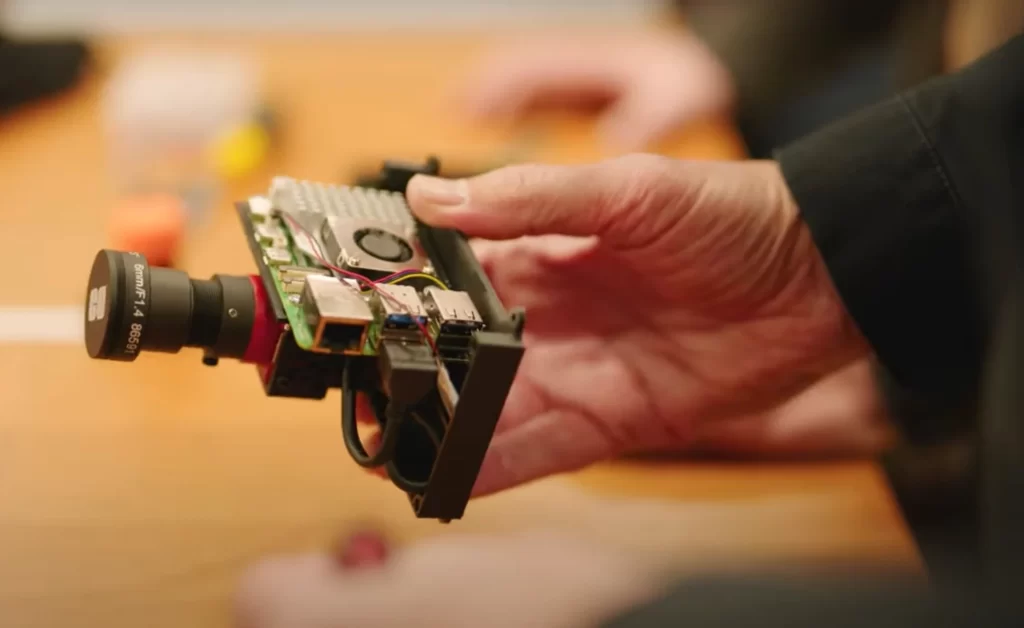Under the vast African night sky, a tiny dung beetle performs a feat that has astonished scientists and inspired engineers. This humble insect, no bigger than a cherry, navigates by the light of 100 billion stars, using the Milky Way as its cosmic compass. Now, this extraordinary skill is unlocking the key to better navigation systems in drones and satellites, proving that sometimes, the most groundbreaking innovations come from the most unexpected places.
In the expansive savannah, this unassuming creature emerges under the cloak of night. The dung beetle sets out on a mission. Its goal? Push a dung ball across the grasslands using nothing but its strength and an extraordinary celestial compass.
As the beetle rolls its prized possession, it doesn’t look down at the ground or straight ahead. Instead, it gazes up at the night sky, its compound eyes fixed on the shimmering band of the Milky Way. This tiny insect, which evolved over 130 million years ago, holds a secret that has captured the imagination of scientists and engineers alike.
From Dung to the Stars
Swedish researchers made a startling discovery in 2013. They found that dung beetles were the first known species to use the Milky Way for navigation. These resourceful insects focus on the constellation of stars as a reference point, allowing them to roll their dung balls in a straight line away from competitors.
Australian engineers were intrigued by the beetles’ unique ability. Could this ancient insect’s technique improve navigation systems in modern technology? Professor Javaan Chahl and his University of South Australia team decided to find out.
Prof Chahl’s team used computer vision to demonstrate something fascinating. While individual stars blur with motion, the large stripe of light forming the Milky Way remains clear. This matches perfectly with the dung beetle’s strategy.
“Nocturnal dung beetles move their head and body a lot when rolling dung balls across a field,” Prof Chahl explained. “They need a fixed point in the night sky to help them steer straight. Their tiny compound eyes make it hard to see individual stars while moving, but the Milky Way stands out clearly.”
The team ran experiments using a camera on a vehicle’s roof. They took pictures of the Milky Way while the car was still and moving. Using these images, they created a computer system reliably measuring the Milky Way’s orientation.

Lead author and PhD candidate Yiting Tao believes this orientation sensor could be a game-changer. It might help stabilise satellites and guide drones and robots in low light, even when there’s lots of movement and shaking.
“For the next step, I want to put the algorithm on a drone,” Tao said excitedly. “We could use it to control the aircraft during night flights!”
Nature’s Navigation Experts
The dung beetle isn’t alone in its celestial navigation skills. Many insects, including wasps, dragonflies, honeybees, and desert ants, use the sun to find their way during the day. Some moths join the dung beetles using the Milky Way at night when the moon isn’t visible.
Prof Chahl believes we have a lot to learn from these tiny explorers.
“Insects have been solving tough navigation problems for millions of years,” he said. “They’ve done it with brains much smaller than ours. Their solutions from nature can teach us so much.”


























































